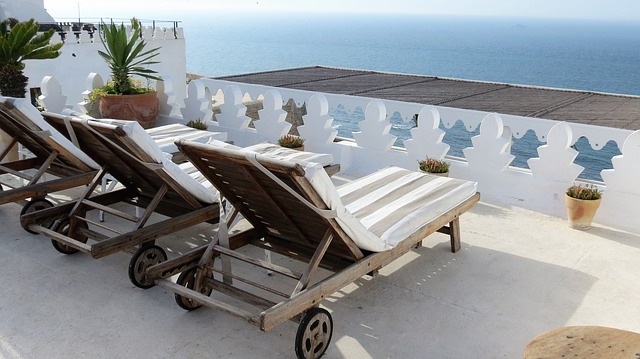Kaftan. An unfamiliar term, but a major component of Moroccan women\’s clothing. The kaftan is a traditional Arab dress, made of very expensive materials like velvet, adorned with various embroidered ornaments and elaborately decorated at the waist. Local life is also rich, especially in the markets, where vendors shout at each other with effort and relentless enthusiasm, praising their particular vegetable as the best around. There is no shortage of spices, meats, healthy olives, exotic oranges, couscous, fresh fish, and finally, lots of people, price haggling, and humor.

Morocco\’s streets are a tangle of narrow, winding roads leading to markets and various other places. For tourists, the labyrinth often means adventure. Pottery, vases, jars, utensils, bags, handbags, and various trinkets are sold in the streets and at predetermined locations. But the alleys also lead to mosques, important monuments, palaces, squares and gardens. At times such places mean peace and rest; at other times they mean hustle and bustle of locals and foreigners. But hospitality is the same everywhere. What does the country boast? History, markets, colorful cities, the mansions of the rich. But the shanty towns and sandy beaches are also among the places to visit.
The local women are very friendly, kind-hearted, and surprisingly open. Surrounded by magnificent clothing, expensive jewelry, and impressive makeup, they seem to be part of an oriental fairy tale. Looking beautiful is important to these women, even outside of their daily lives. In short, they think they are princesses. Whether it is for the family or for their studies, they have to protect their loveless marriages. For young single women, raising children and living that way in Morocco is quite difficult and complicated. While the country values tradition, its influence on modernity and cohabitation between men and women is in stark contrast. Morocco was the first Arab country in the East to enact a constitution that proclaimed the equality of status and treatment of men and women. The reality, however, is still elsewhere, due to age-old customs. The gap is particularly acute in remote areas where poverty is so severe that few people have access to education.